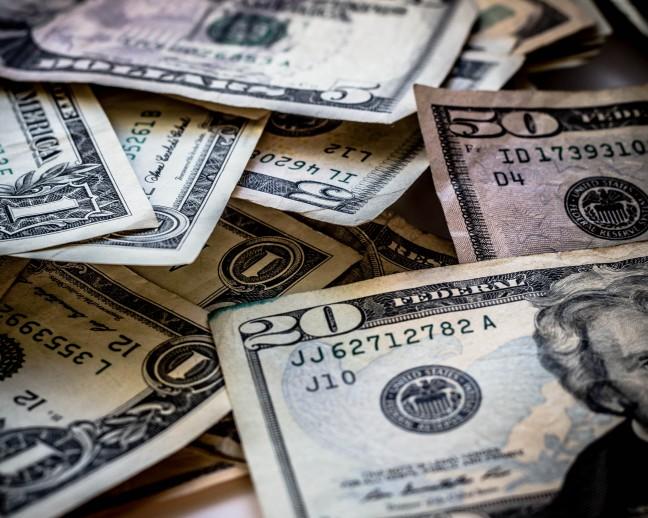“Do I need money more or do I need school more?”
“Nobody should be in this position.”
“I’m afraid of being more in debt.”
“It’s not manageable even if you’re working.”
Earlier this year, NPR’s All Things Considered interviewed students around the county who had to drop out of college because they couldn’t afford it, and are now “drowning in debt for a piece of paper I never received.”
1.5 trillion dollars.
That’s the total student loan debt in the United States. With 44.7 million students around the country in debt, that comes out to around $35,000 per person. Even for those who have completed their degrees, student loans are crippling.
The student loan crisis is the worst it has ever been and it’s leading people to drop out of college and question whether it’s worth it to go in the first place.
The cost of tuition is on the rise, particularly for private universities, but for public four- and two-year universities as well. And don’t just blame it on tuition — in 2018, College Board released their annual Trends in College Pricing report, which highlighted that cost of attendance is rising at a much higher rate than inflation.

To address the student debt crisis, some financial advisers such as Jerolyn Grandall, financial aid manager at Western Technical College, have suggested financial literacy and earlier financial education could help lower student debt because students would have a better idea of what they’re getting into.
Grandall questioned whether college students understand the impact of borrowing money for higher education.
“It’s really tough,” Grandall said. “Students do want to get an education, but it comes at a price.”
The issue is other options are increasingly unrealistic.
A few years ago, The New York Times conducted research on the value of a college degree, and found it is at a record high. By one metric, the salary for those with a bachelor’s degree has been increasing since 1975 at a much higher rate than salaries for those without. This data doesn’t even take into account the increasingly high value of higher level graduate degrees.

While education on what it means to take out a student loan is important, and it is valuable for students to understand the process of borrowing and paying back loans, it’s ultimately unreasonable to expect students to change their minds about going to college.
A more reasonable course of action would be investigating possibilities for student loan refinancing and forgiveness.
Joshua Bonnell, a scholarship coordinator for UW-La Crosse, said there are a lot of options for Wisconsin to do more to support students, but exactly which strategy would be best remains unclear so far.
“Could the state offer more grants that would probably help on the front end with students so they don’t have to take out more loans? That’s a possibility,” Bonnell said. “Could they offer a refinance program at a lower interest rate than what’s currently offered by the federal government or by private lenders? I think this is a good way to just get the conversation started and hopefully get the momentum moving.”
Don’t leave us a loan: Wisconsin’s efforts to end student debt crisis
The last part of Bonnell’s comment is key. This is a crisis — the likes of which we have never seen before. There is no recipe for solving it and there is no established protocol for supporting students through it. But one thing is clear: doing nothing is not an option.
Just this year, Gov. Tony Evers established the Student Loan Refinancing Study Committee, led by State Treasurer Sarah Godlewski. Godlewski has already established a list of goals for the committee — she plans to travel around the state and hear from constituents about personal struggles related to student loans, she is working on setting up a website with student loan resources and creating transparency in the borrowing process, and she plans to tackle the sky-high interest rates on student loans.
That number — $1.5 trillion — is daunting. It’s easy to feel helpless and it’s easy to feel as if there’s no way anyone could make a dent. But tackling this issue with a wide, all-encompassing, exploratory lens is the only way to have any impact.
It’s true — we don’t know how exactly to tackle this issue, because we’ve never been here before. For policymakers and leaders, it requires innovative thinking and commitment to solve the issue. And for us as students, it requires our voice. We have to let lawmakers hear us, and we have to continue to push for reform, because our education is the most powerful tool we have and we have to fight to preserve its accessibility for all students.
Cait Gibbons (cgibbons@badgerherald.com) is a senior studying math and Chinese.


